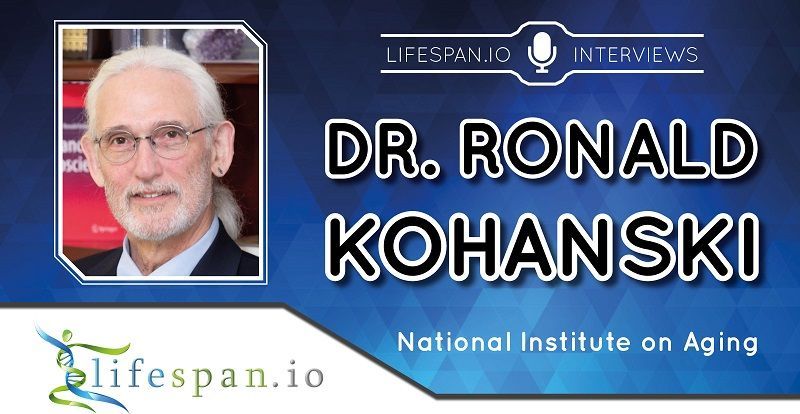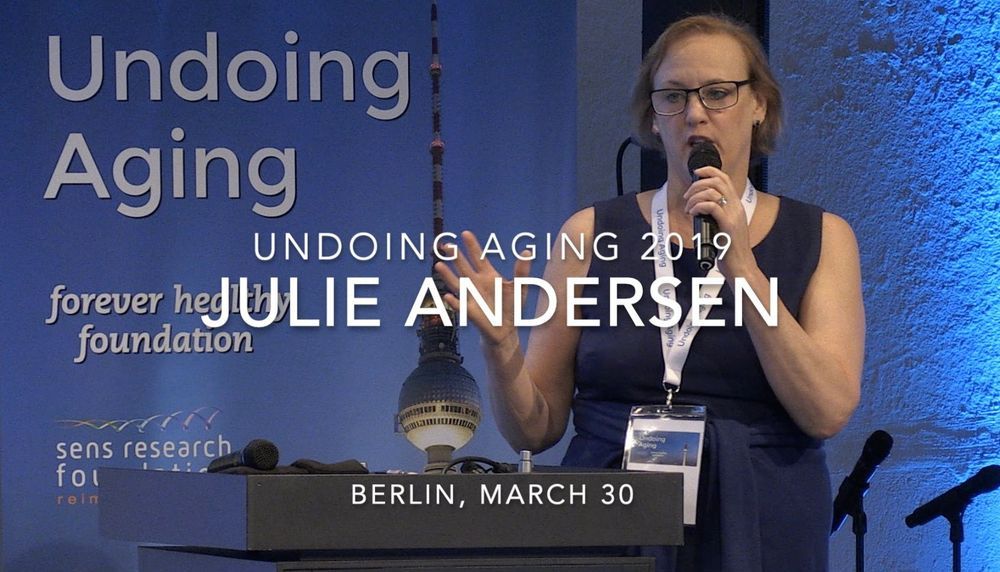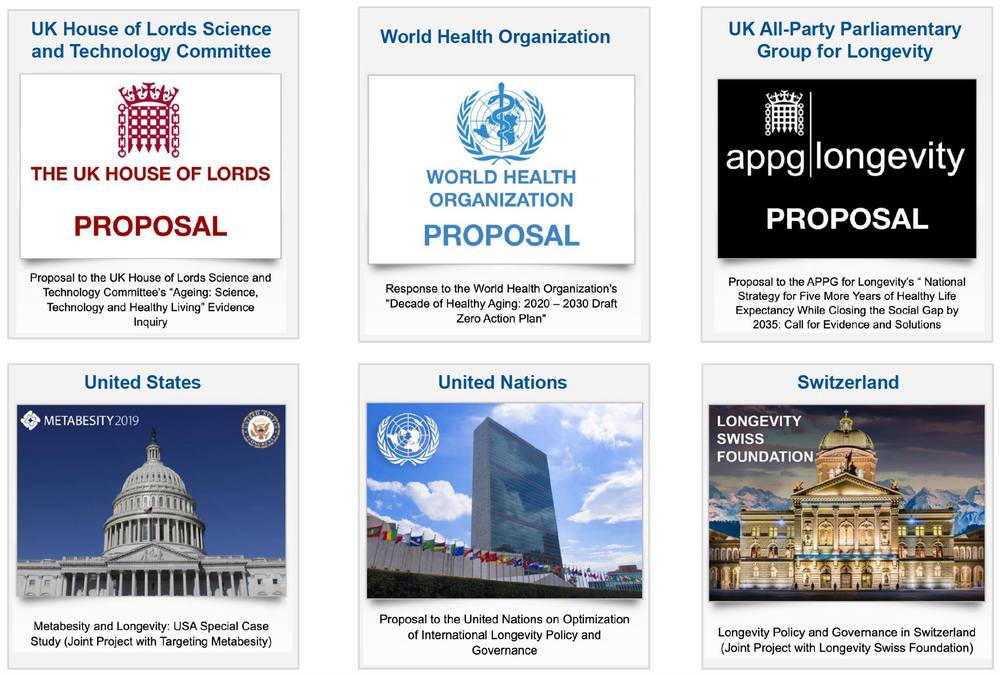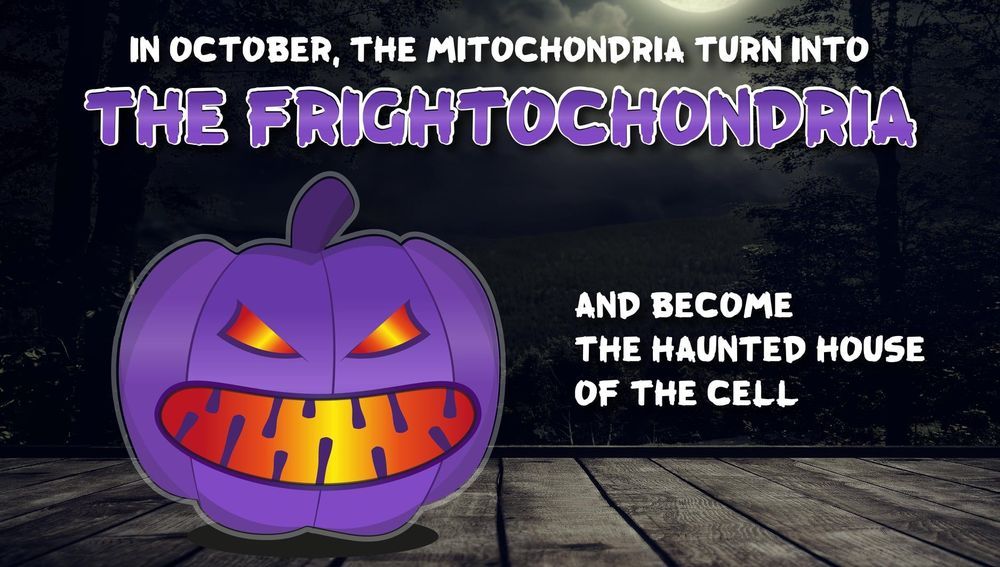Category: life extension – Page 459

An Interview with Dr. Ronald Kohanski
It was a pleasure speaking to Dr. Ronald Kohanski at the 2019 Ending Age-Related Diseases conference. Dr. Kohanski joined the field of aging research in 2005 as a Program Officer for the Division of Aging Biology at the National Institute on Aging. He moved on to become its Deputy Director in 2007 and has held the position ever since. Within aging research, he has focused his efforts on the areas of stem cell and cardiovascular biology.
Besides his work at the NIA, Ronald Kohanski is a co-founder and co-leader of the trans-NIH Geroscience Interest Group (GSIG) with which he has organized several summits to discuss and disseminate the group’s focus. The GSIG directs its attention toward aging as the major risk factor for most chronic age-related diseases, and Dr. Kohanski actively encourages researchers to expand studies beyond laboratory animals. He underwrites the importance of addressing the basic biology of aging explicitly in human and non-laboratory animal populations. He believes that age should be considered a fundamental parameter in research that uses animal models of chronic disease.
Dr. Kohanski was trained in the field of biochemistry. He received his PhD from the University of Chicago in 1981, after which he conducted a postdoctoral fellowship with M. Daniel Lane at the Johns Hopkins University School of Medicine. He held a faculty position at the Mount Sinai School of Medicine for 17 years before returning to Johns Hopkins as a faculty member and researcher in the areas of enzymology and developmental biology of the insulin receptor.
Qingsong Zhu at Ending Age-Related Diseases 2019
Dr. Qingsong Zhu, the COO of Insilico Medicine, discussed the use of deep learning in creating biomarkers for aging. Initially discussing existing clocks and the problems with animal translation, he went on to discuss what sorts of markers are ideal for age-related research and the details of training and testing a model that works with these markers, showing that a deep model compares favorably to other models.
He also used his model to show that smoking does, in fact, cause accelerated aging.
Julie Andersen presenting at Undoing Aging 2019
Julie Andersen, The Buck Institute, presenting at Undoing Aging 2019.
Connect with Undoing Aging:
Facebook: https://www.facebook.com/events/1077333215804499/
Videos: https://www.undoing-aging.org/videos
News: https://www.undoing-aging.org/news
LinkedIn: https://www.linkedin.com/showcase/12631536/


“Metabesity and Longevity: USA Special Case Study” is an 85-page open-access analytical report produced jointly
By and Targeting Metabesity to examine the links between metabesity, Longevity and the USA’s current health shortfalls, including low health-adjusted life expectancy (“HALE”) and the large gap between HALE and life expectancy, despite its extremely high per-capita healthcare expenditures, and to chart policy recommendations to neutralize this vast health vs wealth deficit.
Metabesity and Longevity: USA Special Case Study is an 85-page open-access analytical report produced jointly by Aging Analytics Agency and Targeting Metabesity to examine the links between metabesity, Longevity and the USA s current health shortfalls, including low health-adjusted life expectancy ( HALE ) and the large gap between HALE and life expectancy, despite its extremely high per-capita healthcare expenditures, and to chart policy recommendations to neutralize this vast health vs wealth deficit.
Link to Special Case Study: https://aginganalytics.com/longevity-usa/
As the issue of aging population intensifies, sick care will become increasingly expensive and ineffective. America needs to rapidly deploy a government-led shift from treatment to prevention, and from prevention to precision health, using deep diagnostics and prognostics in combination with biomarkers of aging, metabesity, health and intervention-effectiveness, to delay the onset of disease with as minimal intervention as possible, as early as possible. Seeking synergies between Longevity research, P4 (preventive, personalized, precision and participatory) medicine and Artificial Intelligence has the potential to enable rapid and widespread policy and infrastructural reforms for USA healthcare to quickly boost National Healthy Longevity, but only with sufficient government commitment.
Peter Fedichev at Ending Age-Related Diseases 2019
We’re continuing to release talks from Ending Age-Related Diseases 2019, our highly successful two-day conference that featured talks from leading researchers and investors, bringing them together to discuss the future of aging and rejuvenation biotechnology.
Dr. Peter Fedichev, co-founder of GERO, discussed biomarkers in the context of mouse research, particularly physiological frailty and blood cell counts. He introduced a new index, the Dynamic Frailty Index, and explained it in detail, including the advantages that it has over conventional frailty models and epigenetic clocks. He also explained the differences between humans and mice, most notably the fact that interventions that work in mice do not always apply to human beings.
Get Dr. Bill Andrews on The Joe Rogan Experience
This purpose of this video is to GET DR. BILL ANDREWS ON THE JOE ROGAN EXPERIENCE. You can help make this reality in many ways. Please start by joining the Facebook group: GET DR. BILL ANDREWS ON THE JOE ROGAN EXPERIENCE: https://www.facebook.com/pg/Get-Dr-Bill-Andrews-on-The-Joe-R…e_internal
I believe we can get closer to reversing human aging by finding stronger human telomerase activators if Dr. Bill Andrews/Sierra Sciences receives more funding ($50 million USD would probably be enough for Dr. Andrews and his team to discover stronger human telomerase activators within a year).
My mission is to drastically improve your life by helping you break bad habits, build and keep new healthy habits to make you the best version of yourself. I read the books and do all the research and share my findings with you!
- My book review of Telomere Lengthening: Curing all diseases including cancer & aging by Dr. Bill Andrews: https://youtube.com/watch?v=5ODN5DIMz6c&t=6s
- telomere shortening does not occur in our human reproductive cells; I (Brent Nally) believe this is why babies are not born the same age as their parents.
- Watch the documentary “The Immortalists” about Dr. Bill Andrews & Dr. Aubrey de Grey: https://theimmortalists.com/watch/?
- Watch my interview of Dr. Aubrey de Grey: https://www.youtube.com/watch?v=TquJyz7tGfk&t=2s
- lack of funding is preventing a cure to human aging.
- Dr. Andrew’s Facebook: https://facebook.com/telomere.bill.andrews
- Dr. Andrew’s LinkedIn: https://linkedin.com/in/william-h-andrews-5455b45/
- Dr. Andrew’s Wikipedia: https://en.wikipedia.org/wiki/William_H._Andrews_(biologist)
- Sierra Sciences website: https://sierrasci.com/
- https://defytime.com/product/telomere-aging-care-capsules/
- Forever Labs 1 year free cryogenic storage discount code ($250 value): BN801

Molecular and phenotypic biomarkers of aging
Individuals of the same age may not age at the same rate. Quantitative biomarkers of aging are valuable tools to measure physiological age, assess the extent of ‘healthy aging’, and potentially predict health span and life span for an individual. Given the complex nature of the aging process, the biomarkers of aging are multilayered and multifaceted. Here, we review the phenotypic and molecular biomarkers of aging. Identifying and using biomarkers of aging to improve human health, prevent age-associated diseases, and extend healthy life span are now facilitated by the fast-growing capacity of multilevel cross-sectional and longitudinal data acquisition, storage, and analysis, particularly for data related to general human populations. Combined with artificial intelligence and machine learning techniques, reliable panels of biomarkers of aging will have tremendous potential to improve human health in aging societies.
Keywords: physiological age, phenotypic, molecular, age-associated diseases, aging process.
Aging is the time-dependent physiological functional decline that affects most living organisms, which is underpinned by alterations within molecular pathways, and is also the most profound risk factor for many non-communicable diseases. To identify biomarkers of aging would, on one hand, facilitate differentiation of people who are of the same chronological age yet have variant aging rates. Quantitative biomarkers of aging could also define a panel of measurements for ‘healthy aging’ and, even further, predict life span. On the other hand, biomarkers of aging could also assist researchers to narrow their research scope to a specific biological facet in their attempts to explain the biological process behind aging or aging-related diseases. Here, we review the phenotypic and molecular biomarkers of aging. Phenotypic biomarkers can be non-invasive, panoramic, and easy to obtain, whereas molecular biomarkers can reflect some of the molecular mechanisms underlying age status.

The Mitochondria are the power stations of every cell in our body, turning the food we eat into energy
Unfortunately, as we age they begin to breakdown due to damage.
MitoSENS project aims to reverse that damage with the goal of preventing age-related ill health. In their first study, they managed to show that allotopic expression of two mtDNA genes from the nucleus could bring back several functions in a patient cell line.
MitoSENS team is currently running a crowdfunding campaign on Lifespan.io to collect money for the next crucial step of this project. Scientists want to investigate if functional backup copies of mitochondrial DNA genes in the nucleus can replace their mutated counterparts in live animals, and if this could rescue mitochondrial function.